JOHN E. MAYFIELD
The Engine of Complexity
Evolution as Computation
COLUMBIA UNIVERSITY PRESS

NEW YORK
The Engine of Complexity
Columbia University Press
Publishers Since 1893
New York Chichester, West Sussex
cup.columbia.edu
Copyright 2013 John E. Mayfield
All rights reserved
E-ISBN 978-0-231-53528-1
Library of Congress Cataloging-in-Publication Data
Mayfield, John E.
The engine of complexity : evolution as computation / John E. Mayfield.
pages cm
Includes bibliographical references and index.
ISBN 978-0-231-16304-0 (cloth : alk. paper)ISBN
978-0-231-53528-1 (ebook)
1. BiologyMathematical models. 2. Evolution (Biology)Mathematical models. 3. Biological control systemsMathematical models. 4. Computational complexity. I. Title.
QH323.5.M389 2013
570dc23
2013005728
A Columbia University Press E-book.
CUP would be pleased to hear about your reading experience with this e-book at .
COVER IMAGE: Getty Images
COVER DESIGN: Mary Ann Smith
References to Internet websites (URLs) were accurate at the time of writing. Neither the author nor Columbia University Press is responsible for URLs that may have expired or changed since the manuscript was prepared.
Contents
Understanding in a scientific way how complex things, including ourselves, are possible has puzzled the greatest minds for centuries. The very notion of complexity presents conceptual and technical challenges. Many definitions have been proposed and many of these are not quantifiable in ways that allow the property to be measured. I maintain that the concepts of information, complexity, and evolution are so deeply intertwined that only by considering the three together can we make progress toward that long sought understanding. The glue that ties it all together is the concept of computation.
Everyone is familiar with things that are immensely complicated. Living plants and animals present obvious examples as do some products of human inventiveness such as the space shuttle, the U.S. Department of Defense, and supply chains required to produce a modern automobile. Some nonliving, nonhuman things such as galaxies and mountain ranges also seem quite complicated. Are there meaningful ways to compare the complexity of a human being with that of a galactic cloud or the complexity of a coral reef with that of a super computer?
Approaching questions about complexity is never easy. The traditional way, often called complexity science, takes a highly mathematical approach. Many of the practitioners are trained in physics, and many of the examples studied are taken from the nonbiological world, although there are frequent forays into economics and other social systems. I present a different approach, one that is more philosophical and more biological, and one that at first approach is surprisingly nonmathematical. The two approaches complement each other. The nonmathematical route actually explains a number of things that the mathematical route has struggled with and even shows why traditional mathematics is sometimes not helpful. Although this book includes essentially no equations, the approach taken is not motivated by math phobia. The concepts rest firmly on computational theory, a highly technical branch of mathematics. There are no equations, because none are necessary to understand the relevant concepts at a nonexpert level, and because for many readers a mathematical approach would preclude them from reading the book. One of my several goals is bringing to new nontechnical audiences some basic computational concepts that at their roots are very mathematical but whose key ideas can be understood in nonmathematical language.
Richard Dawkins put his finger on a partial solution to the complexity problem in his prizewinning 1986 book The Blind Watchmaker, in which he observed that the problem we would really like to solve is not so much the quantification of complexity but rather the genesis of complex design. He noted that some complicated things in our world are prespecified while others are not. Thus, a computer exists because a team of engineers designed it. A crystal-filled rock can also be quite complicated, but it cannot be seen in any scientific sense as predesigned; it is simply the result of a long sequence of natural forces acting on conditions that were themselves consequences of long sequences of natural processes. In both cases the laws of physics were obeyed, but creation of the computer required something extra: extra data, special information exactingly organized in ways not explicitly found in the laws of nature. This is what sets a computer apart from things created in the nonbiological, nonhuman universe, and is what makes it special from a complexity science perspective.
Living organisms also give the appearance of design. Yet, no team of engineers ever planned the details of a jellyfish. Over the last sixty years, molecular geneticists have worked out a very clear, if still incomplete, sketch of the manner by which a jellyfish is nonetheless prespecified. The key finding, of course, is that jellyfish DNA encodes information that in conjunction with the universal laws of chemistry and physics in the context of jellyfish cells make more jellyfish possible. The requirement for extra, always local, organism-specific information provides a very clear way of contrasting complexities associated with life with complexities generated in other contexts such as rocks, weather patterns, and solar systems. Where, we must ask, does the extra local information come from? Meaningful information cannot simply be created out of thin air; it must come from somewhere.
Again, geneticists have come to the rescue by showing how the Darwinian process of natural selection acts on populations of nonidentical individuals. The outcome, over time, is modification of the DNA present in the cells of members of a population of organisms. The DNA of individuals does not change, but over time the DNA in populations does. Modifications to DNA, initially as mutations, and then accumulated by natural selection, constitute incremental bits of information useful for jellyfish surviving in their local environment. Accordingly, random changes in hereditary material (mutations occurring during reproduction) in populations subject to natural selection over a very long period of time establish the origin of the special extra information needed to create each and every living organism. But where does the special extra information come from when a team of engineers designs a new computer or suspension bridge? Is it enough to say that engineers thought it up? I argue not, and will show that when viewed as a computation the same general scheme operating in biology also operates in human cultural and technological spheres as well. This implies that the ultimate source of all the special information that allows prespecification of so many complex things begins as random change subjected to cumulative selection. I call the logical scheme that accomplishes this efficiently the engine of complexity. The same engine underlies the evolution of life, social and technological change, and, I hypothesize, human learning and creativity.

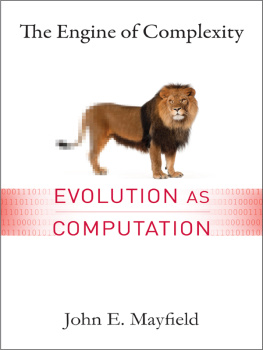

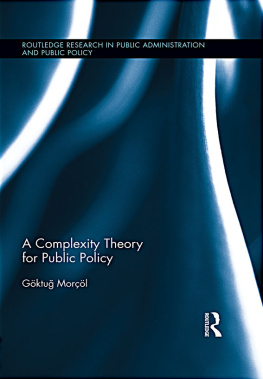
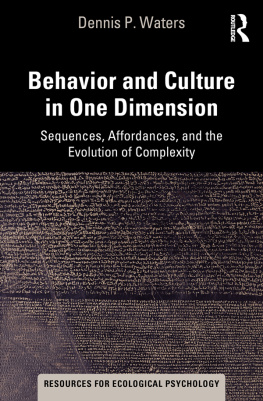
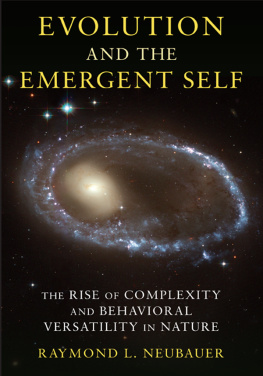
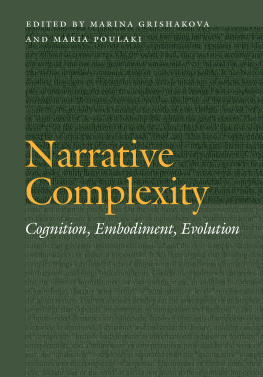
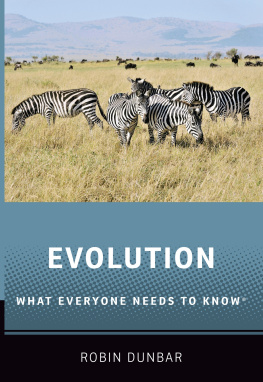
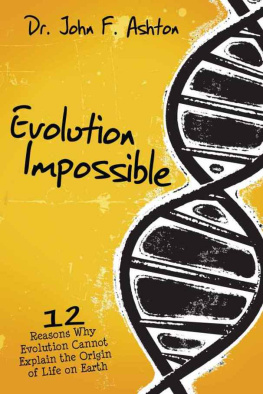
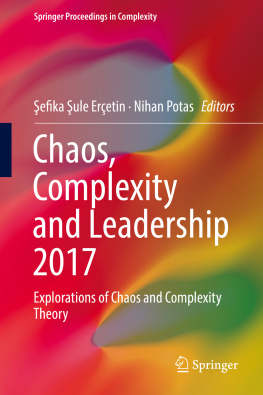
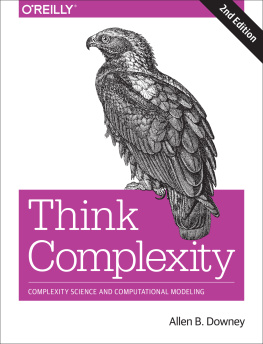


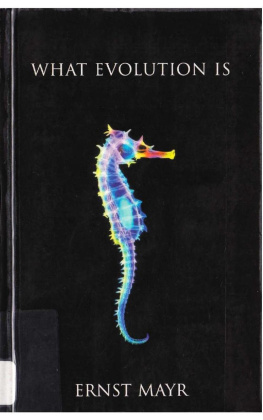

 NEW YORK
NEW YORK